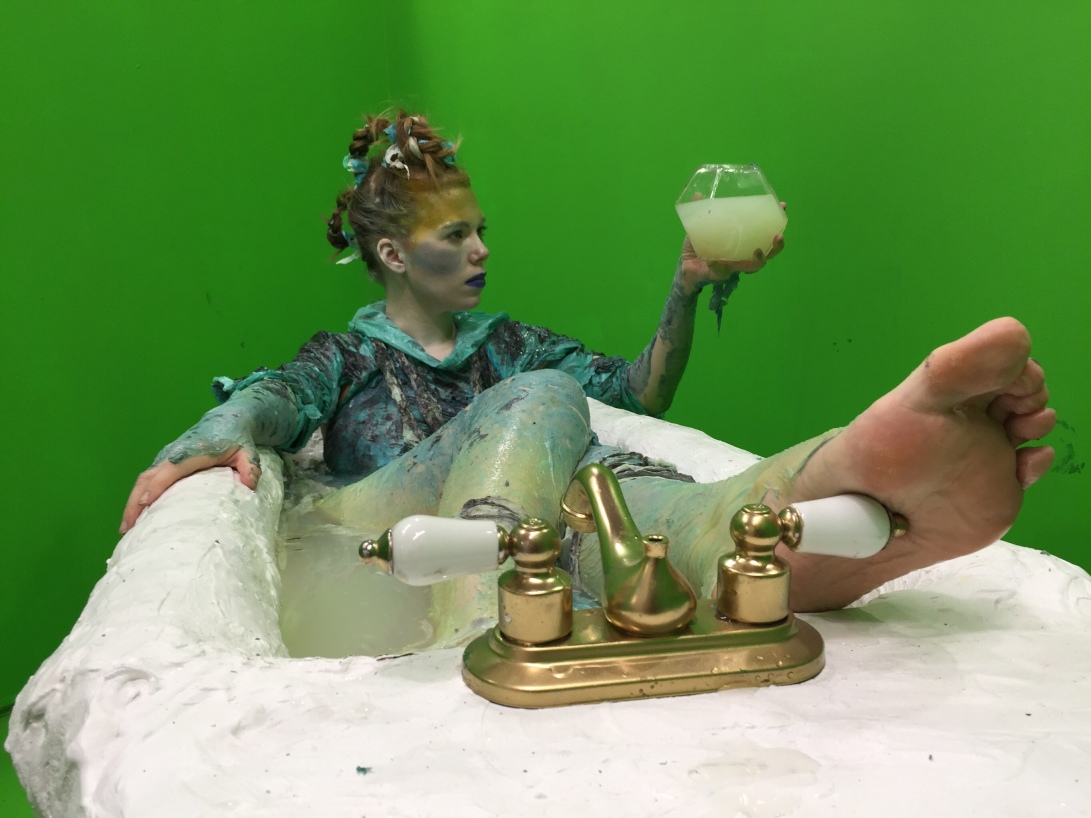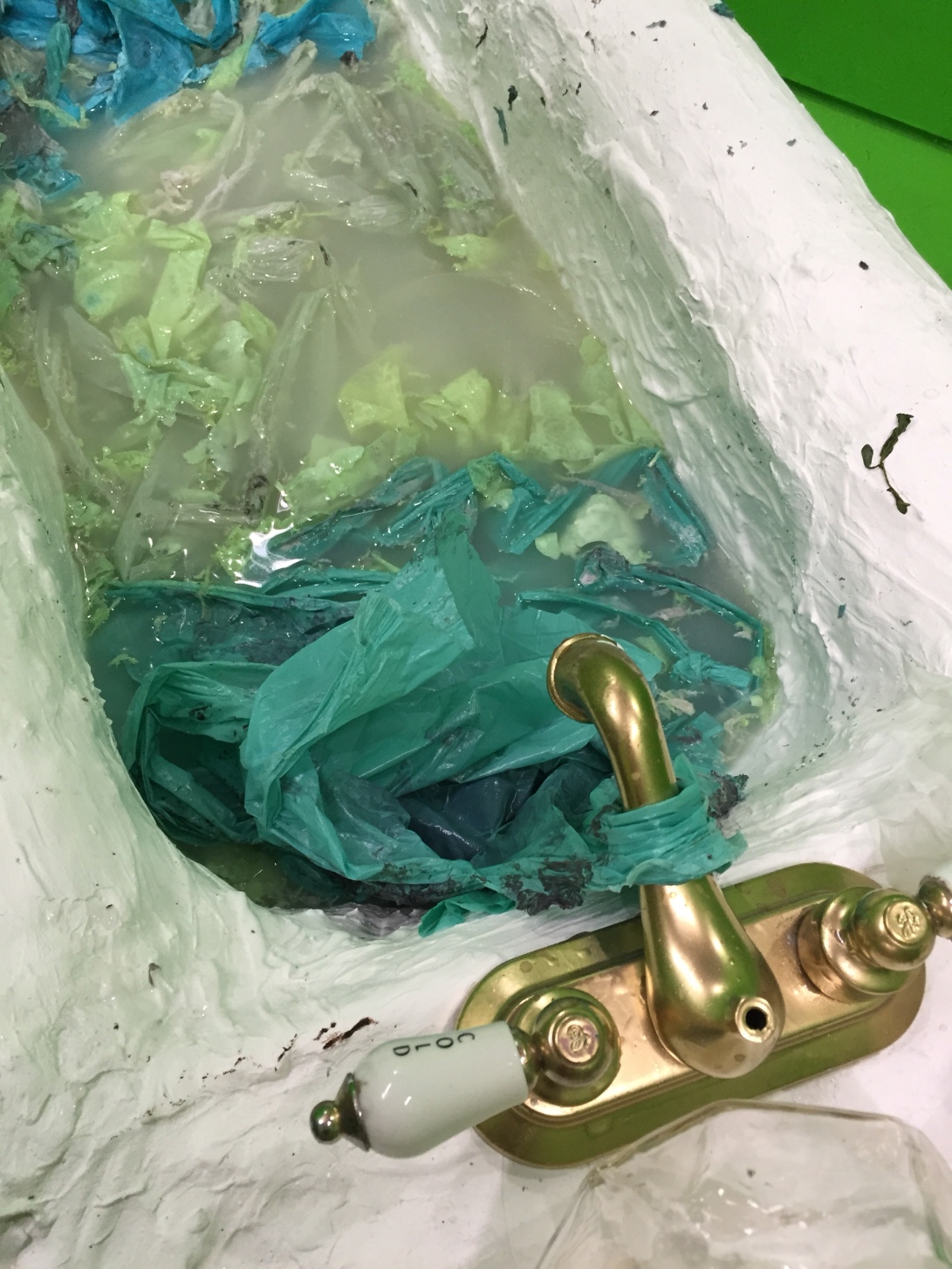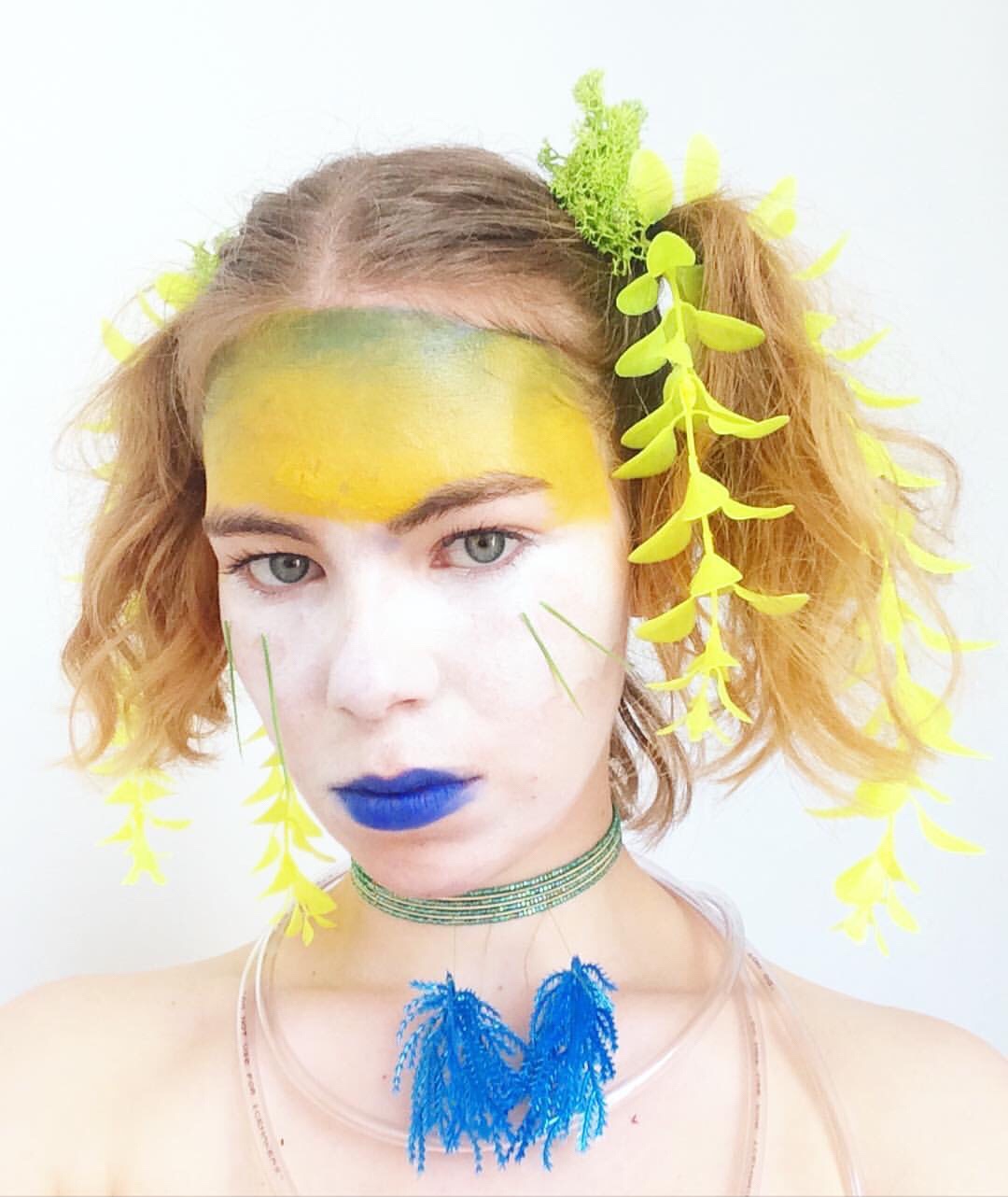
Like Venus she is born of the sea. She is made of ocean ooze: seaweed, foam, salt, sand and mud, but mostly microscopic plastic particles that have slowly broken down after a long travel across the open sea. The fibre from ancient beings sank to the bottom of the sea, where it was compressed into oil over millennia, until humans extracted it to arrange into the polymer chains of plastic. In the warm, salty soup of the ocean, latent organic chemicals retain the ability to rearrange back into life, while incorporating some of the hard, inert, plastic into its structure.

She is tough yet flexible.
She is immortal yet she can be reborn.
She can be see-through or opaque (literally and figuratively speaking).





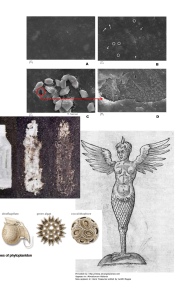
Other types of DNA found their way into the mix as well, she shares genes with microorganisms, sponges and octopi. Her cells live in symbiosis with dinoflagellate algae, so she can indirectly photosynthesize. The algae gives her some of the energy they harness from the sun, in exchange for the habitat her skin provides, and together she and the little beings bioilluminate. From her sponge siblings she has the ability to dis- and reassemble. Her octopi genes gave her color changing skin.
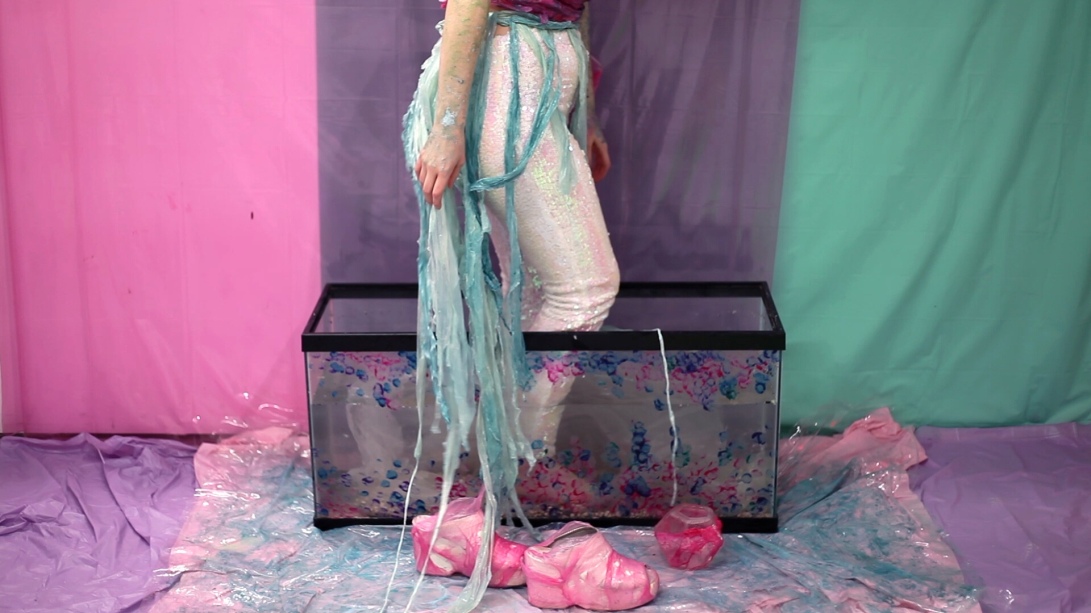


The name she is given (the name I gave her) is Hafgúa. In Icelandic, “Haf” means sea, “gúa” means wind. Another version of her name is Hafgufa. Gufa means steam. She lives in the ocean, she embodies the ocean, she resembles a mermaid or siren but not quite.
Her existence has been recorded in such notable texts such as Carl von Linnaeus’ Systema Naturæ.
He found the frequency of sightings too great to dismiss the being as mythical.
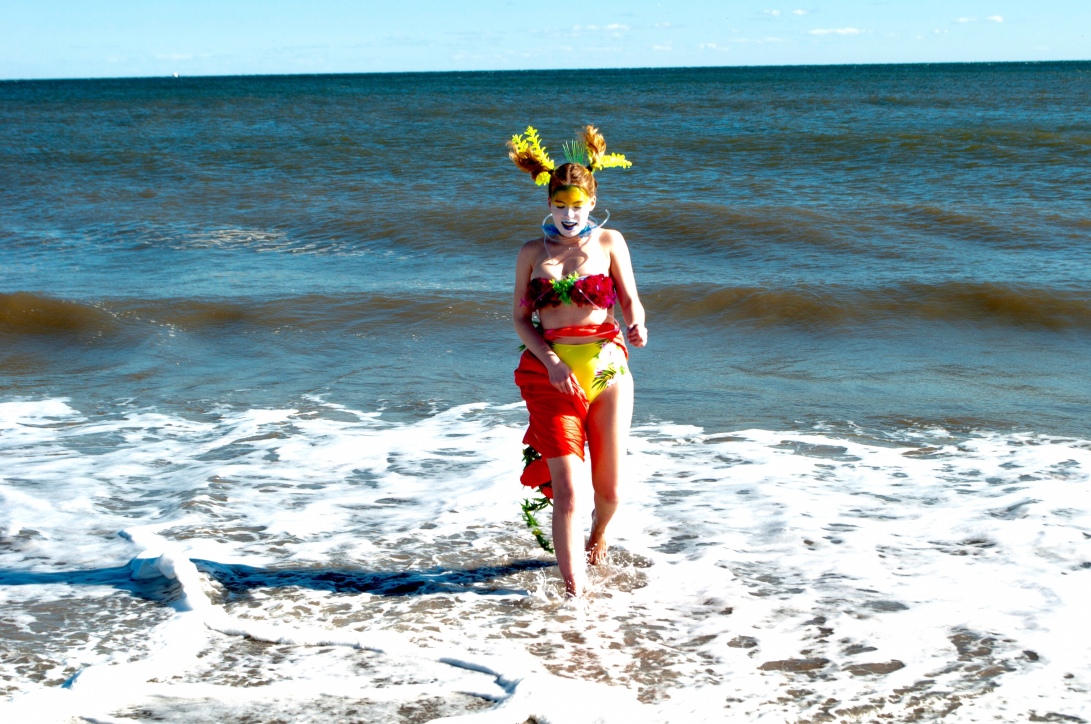
The amount of apparent sightings of mermaid like creatures has been explained as hallucinations of drunk or starving sailors. A study from 2004 attributed the frequent sightings to a specific kind of mirage that occurs in the North Atlantic. The phenomenon can be seen only there, in specific light and during certain conditions when layers of air with different temperature collide. The air causes an optical illusion, things seen from a distance seem stretched out. Hafgúa or mermaid sightings were distorted perceptions of marines animal such as an orca or a seal leaping out of the water. A sailor might interpret the elongated moving being as having a human form (Lehn/Schroeder 2004). I can also imagine that a group of men out at sea for many months would want to see a female figure out of a indiscernible shape. A mix of hot and cold air can often cause stormy weather, so the Hafgúa was seen as a bad omen, the sign for or cause of a storm.
Sirens, mermaids, nereids, nymphs, and Hafgúa are not only bad omens, they themselves pose a threat to those who encounter them. Following the use the name Hafgúa name back in history reveals other forms that she has taken (Koesling unpubl.). She has been a giant squid, like the kraken. She has also been a whale so large that it is mistaken for an island. All of these creatures are deadly. They share a latent danger, they are concealed either completely, as with the kraken in the deep, or present themselves to be something appealing, peaceful or benign, before they strike.

